News
General Guidelines for Phenylvalerophenone.
Jul. 21, 2022
Phenylvalerophenone (CAS 1009-14-9), also known as 1-phenyl-1-pentanone, is an organic chemical reagent, an organic synthesis intermediate and a pharmaceutical intermediate that can be used in laboratory research and development processes and in chemical and pharmaceutical synthesis. (For high purity valerophenone, please feel free to contact Monad.)
How is valerophenone prepared?
Phenylvalerophenone can be prepared from benzene and n-pentyl chloride by the Foucault reaction or from methyl benzoate by the Grignard reaction.
●Method 1: Add 156 g of benzene, 900 mL of dichloromethane and 146.5 g of anhydrous aluminium trichloride to a 2 L three-necked flask, lower the temperature to 0-5°C and then slowly add 120.5 g of n-pentyl chloride dropwise to the flask, keeping the internal temperature of the flask at 0-10°C during the dropwise addition. After the dropwise addition, the temperature was adjusted to 40°C and the reaction was allowed to proceed for 2 hours with stirring. Under cooling in an ice bath, 500 mL of 1N hydrochloric acid solution was added slowly dropwise and partitioned after the dropwise addition. The aqueous phase was then extracted with 400 mL of DCM. The organic phases were combined and then concentrated and distilled under reduced pressure to give 142 g of phenylpentanone in 87% yield.
●Method 2: 6.3 mL (0.05 mol) of methyl benzoate and 0.05 g of cuprous iodide were dissolved in anhydrous tetrahydrofuran and 0.05 mol (ether solution made with 1.2 g of magnesium metal and the corresponding amount of n-butyl bromide) of alkyl Grignard's reagent was added dropwise, the Grignard's reagent was titrated for about half an hour and then reacted for about three hours to give 7.8 g of the final target product, valerophenone, in 96% yield.
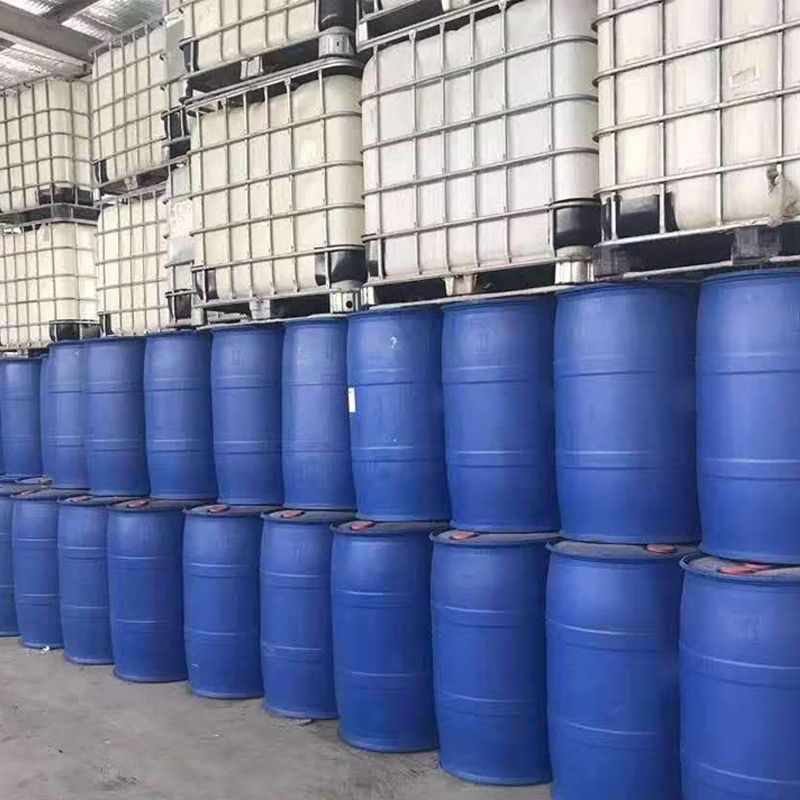
Specification for the use of valerophenone.
When operating valerophenone, the operator must be specially trained and the operating procedure must be strictly observed during the operation. The workplace must have local ventilation or be fully ventilated, avoid contact with eyes and skin during operation, avoid inhalation of vapours and keep away from fire and heat sources. Avoid smoking in the workplace, use explosion-proof ventilation systems and equipment, avoid contact with oxidisers and other substances, and carry the product lightly to avoid dissolving the box. It is important to wash your hands thoroughly after operation and to avoid eating in the workplace, which should also have the appropriate items and quantities of fire-fighting equipment, as well as emergency equipment.
-
Germany stock bmk powder bmk for cas 5413-05-8
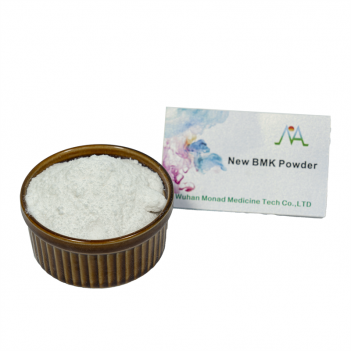
-
high yield rate BMK glycidate powder CAS 5449-12-7 new bmk liquid light yellow
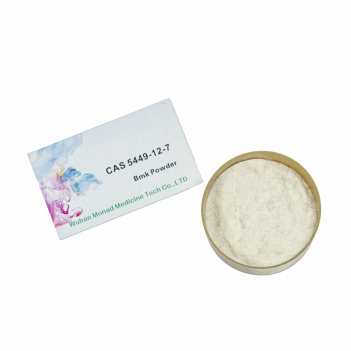
-
hot sale high yield good price cas 2647-50-9

-
Cas 41232-97-7 bmk liquid with high yield rate 70% new BMK POWDER
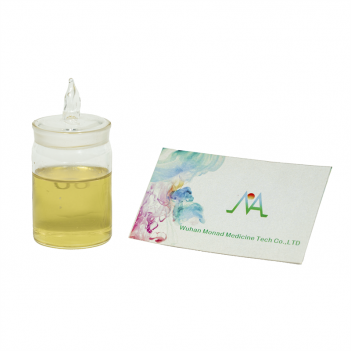
-
Top Quality Magnesium Oxide CAS 1309-48-4
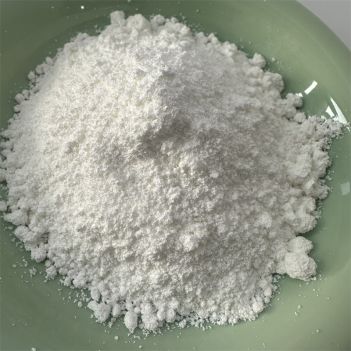
-
High Purity Valerophenone CAS No. 1009-14-9
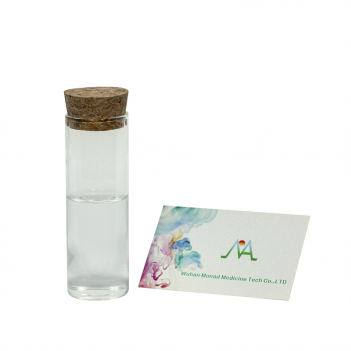
-
Factory sell CAS 5337-93-9 4'-Methylpropiophenone
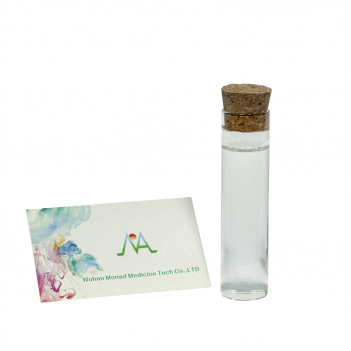
-
Chinese Factory Direct Selling 2-Bromovalerophenone CAS 49851-31-2
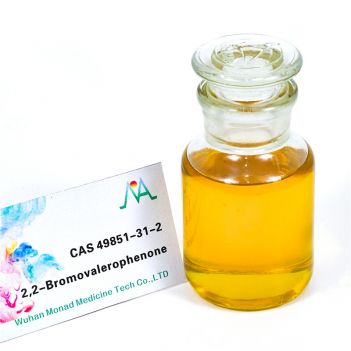
-
9-Hydroxyfluorene CAS 1689-64-1 Moscow stock high yield 9-fluorenol
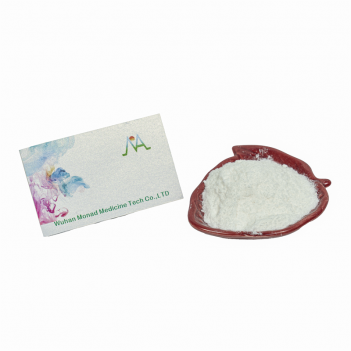
-
safe Shipping 49851-31-2/124878-55-3/2-Bromovalerophenone Cas 49851-31-2 to Russia
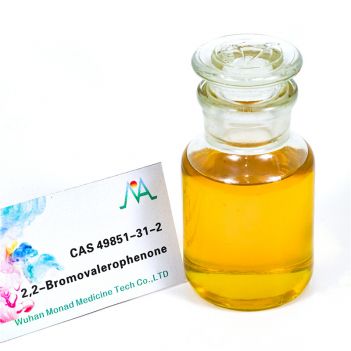
-
Online safety and quickly Butanediol 1,4 bdo cas 110-63-4
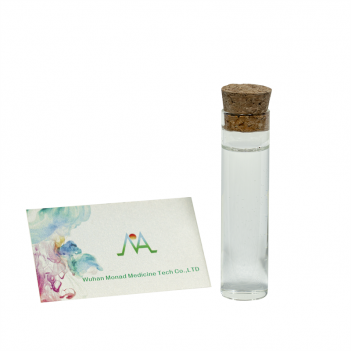
-
New Product Local Anesthetic Powder Larocaine CAS 94-15-5
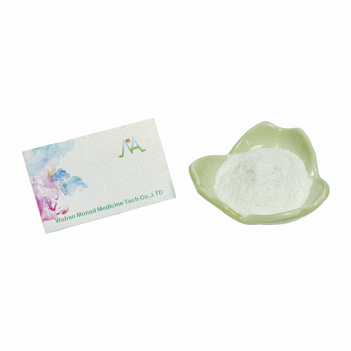
Navigation
Mandy WhatsApp: +8618771942761
Ada WhatsApp: +8618771982534
Cathy WhatsApp: +8613387630955
Emily WhatsApp: +8613297057536



